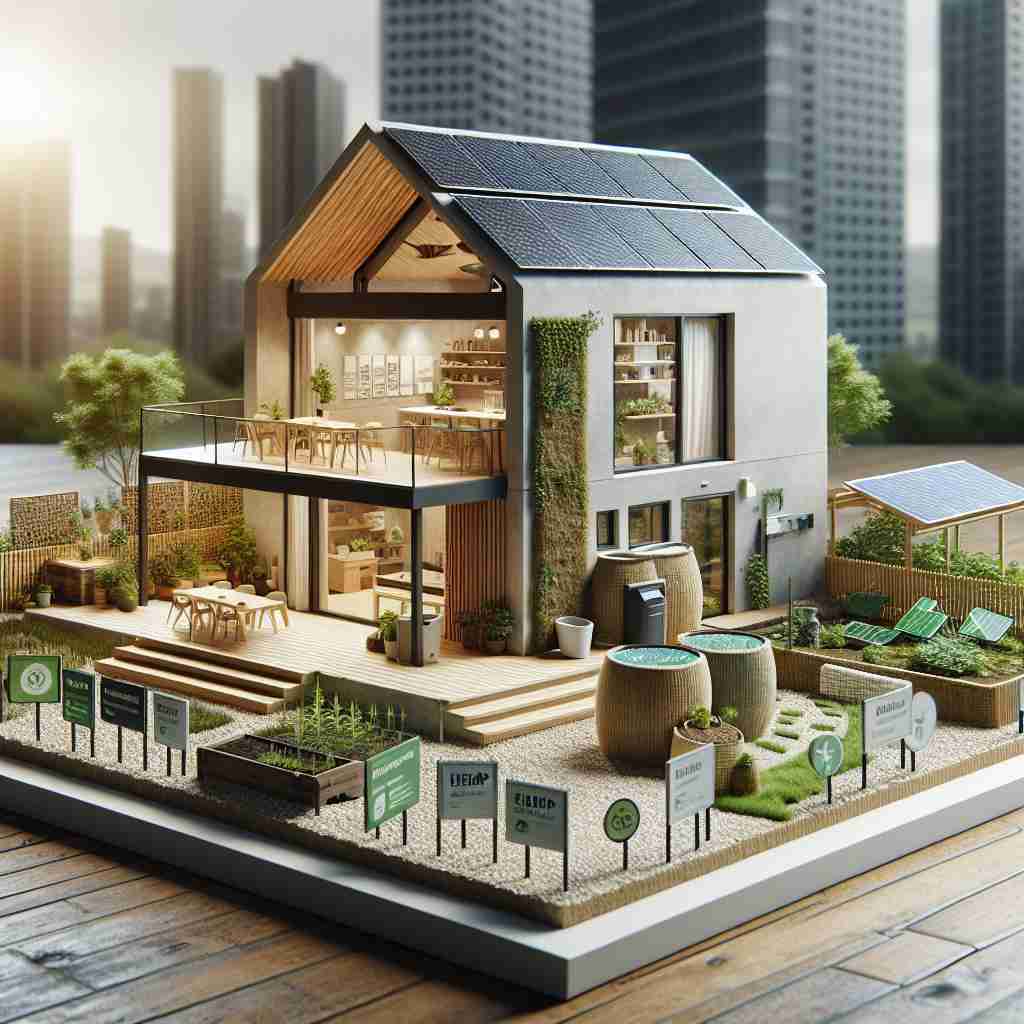Hemp insulation is rapidly gaining recognition as a sustainable alternative to traditional materials. Its ecological benefits and performance characteristics offer a practical solution for environmentally conscious building practices. This article delves into its advantages, production methods, installation processes, and the promising future of hemp in construction.
The Benefits of Hemp in Insulation
Where most traditional insulations fail, hemp is triumphant. This natural fiber insulation has many perks, making it an exceptional alternative to fiberglass or foam. To start with, it’s incredibly eco-friendly. The absorption of CO2 by hemp plants during growth makes hemp insulation incredibly beneficial for the environment. Furthermore, it is completely biodegradable, unlike fiberglass or foam. In terms of efficiency, hemp insulation performs exceptionally well. Its superior insulative properties means less heat escape in the winter and, conversely, improved cool retention in the summer. A study reveals hemp insulation’s outstanding thermal performance, making it a top choice for energy-conscious individuals. From a practical standpoint, hemp insulation naturally combats moisture, reducing the risk of mildew or mold growth caused by trapped moisture within walls. An unexpected advantage of hemp is its inherent pest resistance, reducing the likelihood of infestations. Adopting hemp insulation can reshape the building industry, a step towards both environmentally friendly and efficient construction. It’s a win-win situation that holds incredible potential for the future.
Sourcing and Production of Hemp Insulation
Initiating the journey of hemp insulation from field to finished product, it all starts with sustainable farming. Hemp, as a crop, requires little water and no synthetic fertilizers, making it an outstanding candidate for organic cultivation. Emphasizing crop rotation and maintaining soil fertility are two key principles adhered to by sustainable hemp farmers.
About four months after sowing, the hemp plant is harvested. Following this, the two main components, the outer fiber, and the inner woody core, are separated – a process termed ‘decortication’. The woody core or ‘shiv’ is then used in insulation production.
The process involves grinding the shiv and then being treated with a lime-based binder. This transforms it into a bio-composite, which is then compressed into insulating boards, ready for use in buildings.
To ensure you’re getting a truly green product, look for hemp insulation with credible certifications such as the GreenGuard or LEED certification. Numerous brands are holding the green banner high, incorporating sustainability throughout their operation from farm to factory.
When it comes to understanding the wider applications and importance of using hemp, this post discusses hemp building materials, which uncovers the pivotal role played by this versatile material in fostering a sustainable construction industry. The next chapter brings focus back to home, detailing how to install this wonder insulation and its performances post-installation.
Installation and Performance of Hemp Insulation
After understanding the sourcing and production of hemp insulation, it’s essential to cover two crucial aspects: Installation and Performance. This chapter focuses on providing insights into these subjects, ensuring you have in-depth knowledge to make informed decisions.
The process of installing hemp insulation does not require specialized skills and can be cut and fit into place with ease. One crucial aspect to consider during installation is proper face and hand protection, as loose fibers can cause minor irritation. It is advised to use gloves and masks at all times for enhanced safety.
When it comes to performance, hemp insulation stands firm. It is known for impressive energy savings, reducing heat flow and maintaining a comfortable interior temperature. This material also offers excellent sound dampening properties, making it a great choice for reducing noise intrusion. As for durability, hemp insulation can last for many decades without seeing any significant reduction in its performance.
The testimonials of builders and homeowners who have integrated hemp insulation into their projects speak strongly to its benefits. One homeowner said, “The indoor temperature has never felt more stable, and we’ve noticed a significant decrease in our energy bills.” Another builder complimented the sound dampening properties, stating, “It’s almost like living in a tranquil bubble. The reduction in noise levels has been impressive”.
The Future of Insulation: Embracing Hemp
Emerging trends in the construction industry demonstrate a strong inclination towards sustainable building materials. Governments around the world are introducing legislation in the favor of eco-friendly alternatives, making it an opportune time to foster growth for innovations like hemp insulation.
The all-natural appeal of hemp, combined with its sturdiness and ease of installation, has started resonating with consumers. A gradual shift is underway to embrace renewable resources, especially among those desiring to lower their carbon footprint. Adaptations like hemp insulation, renowned for their performance and durability, fulfill these demands seamlessly.
An increasing number of innovative projects are now utilizing hemp as an insulating material. Soaring skyscrapers, quaint cabins, and diverse architectural projects in between are embracing the advantages of hemp. The future of this adaptable plant in construction appears promising, and rightfully so.
With the construction industry being one of the largest polluters, hemp could be the green alternative that tips the scales towards a more sustainable future. However, further growth and adoption would necessitate awareness and education about its benefits and potential. To be a part of this transformative journey in sustainable construction, consider exploring the untapped potentials of hemp insulation, and the advantages it offers. Several insightful resources can guide you through the benefits it brings to your homes, and to the planet. It’s high time to insulate not just our homes, but our future, choosing the sustainable path of hemp insulation.
In summary, hemp insulation stands out as a cost-effective and sustainable option for modern buildings. Its numerous benefits, from energy efficiency to pest resistance, make it an intelligent choice for eco-friendly construction. Consider embracing hemp insulation in your next project and enjoy the myriad advantages it has to offer.
